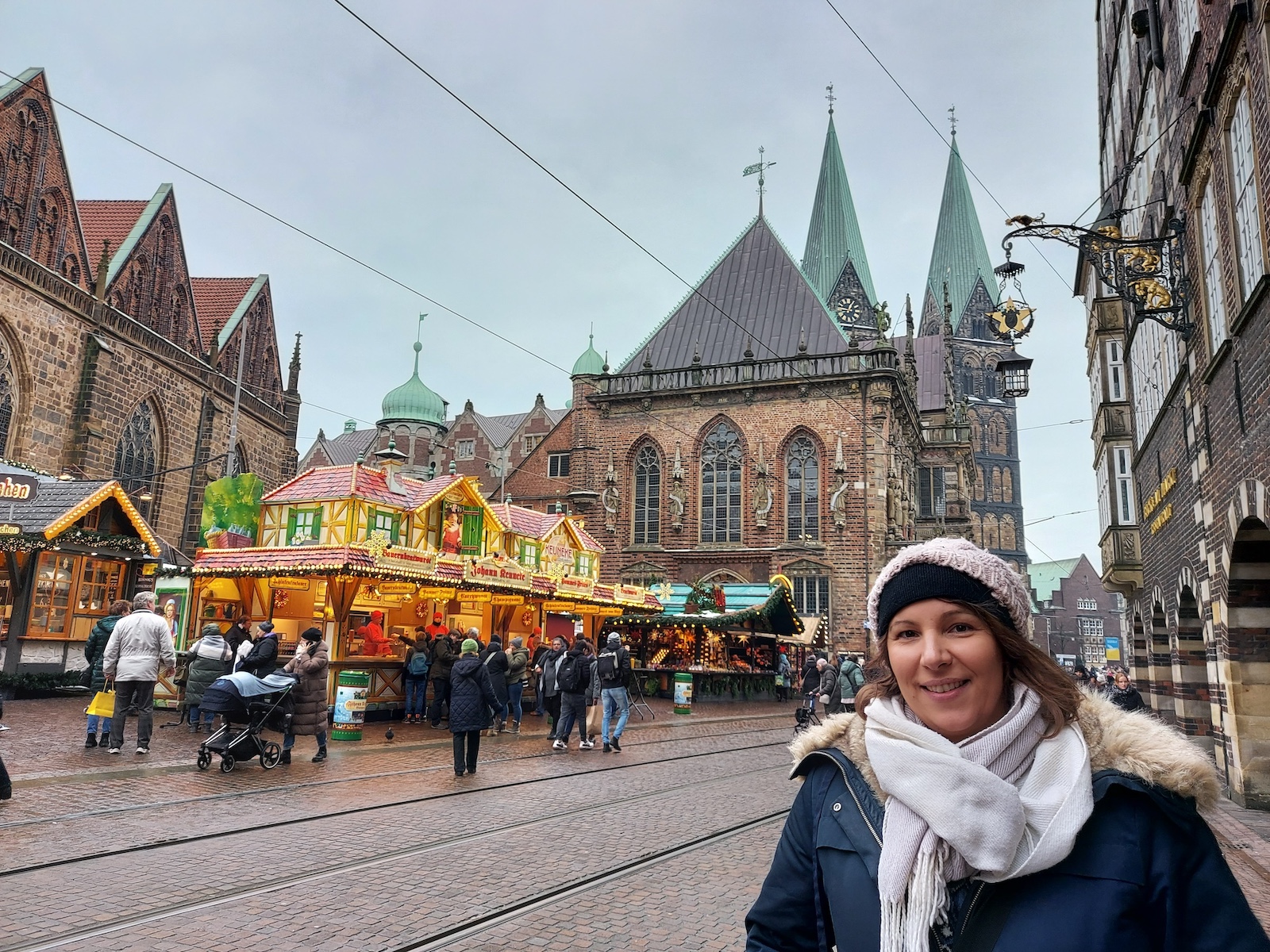For Americans with German heritage, a visit to the famous German Christmas markets offers more than just holiday cheer – it’s a chance to experience the same traditions, tastes, and sights that would have been familiar to your German ancestors. So here is everything you need to know about planning your visit to the best German Christmas markets in 2025.
German Christmas markets dates and times 2025
During the dark winter period, from late November to just before Christmas Eve, Germany comes alive with an incredible array of Christmas markets. In German, these are called “Weihnachtsmarkt” (singular) and “Weihnachtsmärkte” (plural). The word for Christmas is “Weihnachten”.
If you are planning your ancestry-inspired trip to Germany at this time of the year, be sure to read on.
In the following I answer the most frequent questions I get from my American guests about visiting the German Christmas markets – including when to go, what to eat and drink, and the best German Christmas markets to visit this year.

German Christmas markets in the big cities:
Most German Christmas markets in the big cities start around the last week of November and run daily until December 23th or December 24th (in Germany, Christmas in the family is mainly celebrated on the eve of December 24th).
Be sure to double check the Christmas market dates though, as each city and town has its own schedule. You can do so with a quick Google search by typing in “Weihnachtsmarkt [town or city]”.
German Christmas markets in smaller towns:
The German Christmas markets in smaller towns, such as your ancestral hometowns, usually run for a shorter period, often just a weekend. So be sure to double check this as well if you are planning to go.
In my hometown Ankum in Lower Saxony, for example, the so-called “Nikolausmarkt” takes place on the weekend of the 13th and 14th of December 2025 only.

The history of the German Christmas markets
German Christmas markets are a centuries-old tradition. Dating back to the 15th century, they began as humble village gatherings where locals could buy seasonal goods and treats.

The oldest of the German Christmas markets:
The Dresden “Striezelmarkt” took place for the first time in 1434 and is therefore known as the oldest documented Christmas market in Germany.
However, many of the German Christmas markets as we know them today started out much later in the 19th century. The Bremen Christmas market, for example, where I work as a tour guide for ancestry-inspired tours, was first held in the year 1857.

Your German ancestors’ Christmas market experience:
For 19th-century Germans, especially those with modest means from rural areas (of which many would later emigrate to America), Christmas markets were a magical break from everyday life.
Winter was the quieter season, so work eased up, giving families precious time to celebrate.
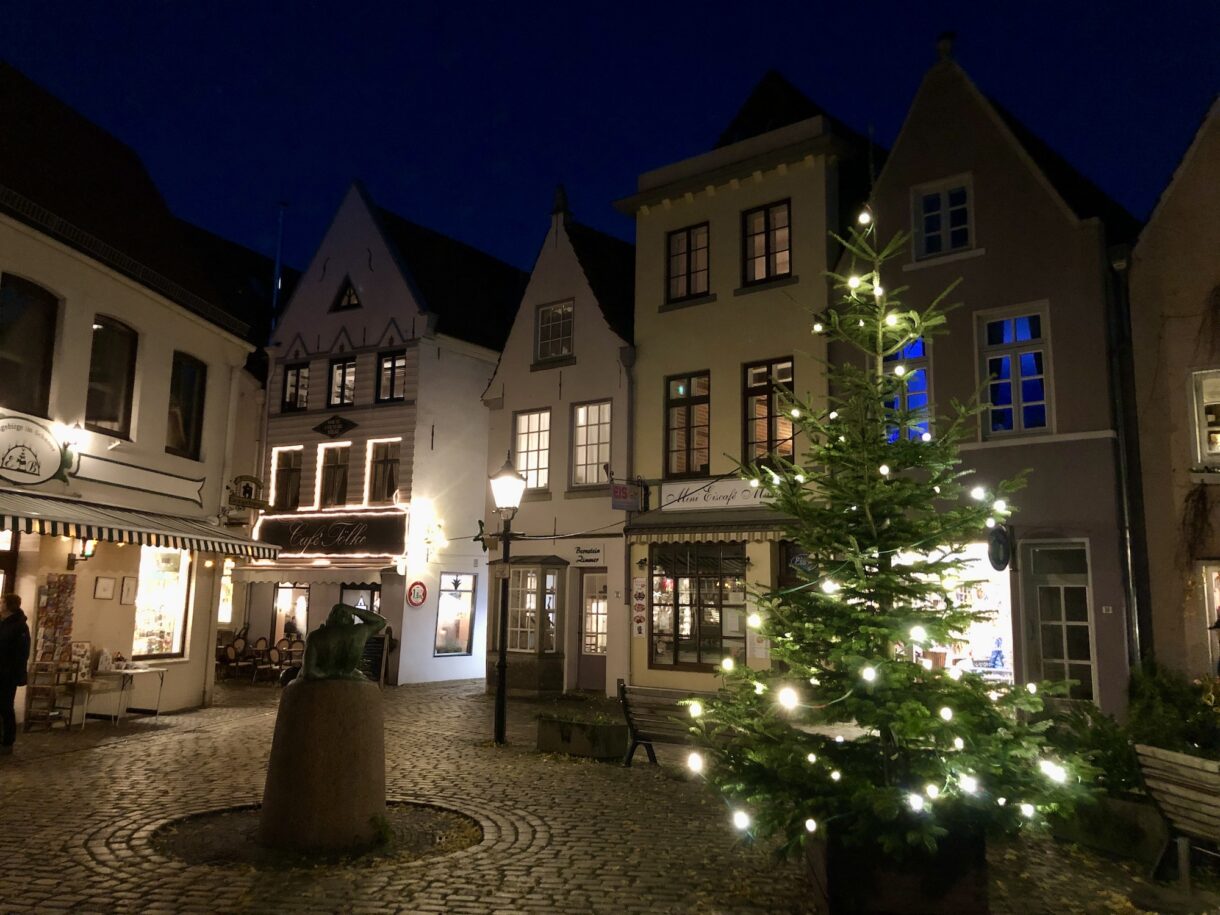
These markets brought a sense of wonder and warmth: twinkling candles, the scent of fresh-cut fir, and simple treats like roasted nuts or gingerbread.
These were rare delights that added sweetness to long winters and a life that was often defined by hard and constant labor.
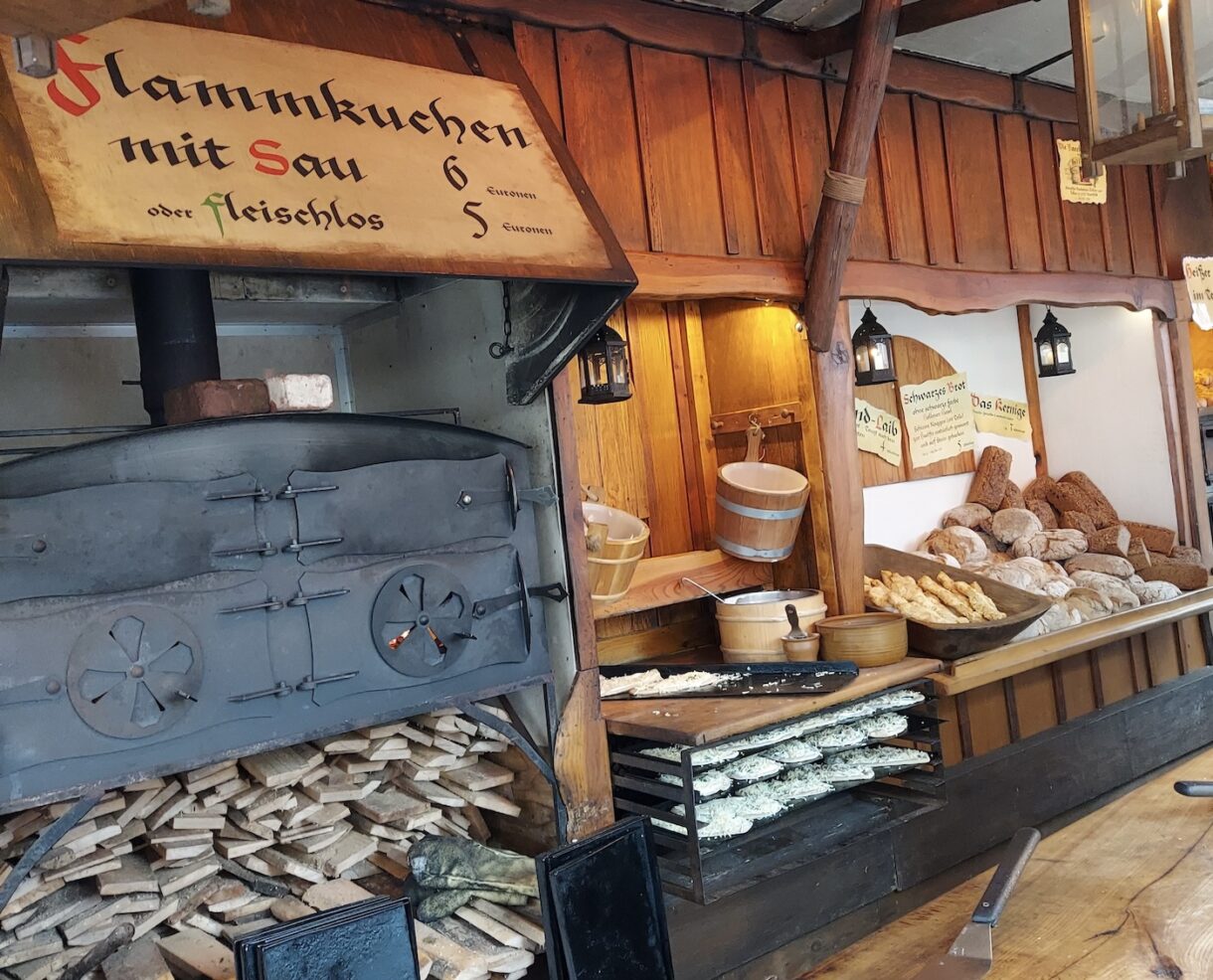
Exploring these German Christmas markets today is like traveling back in time – perhaps even to the days when your own German ancestors strolled through the same cobbled streets.

German Christmas market souvenirs
When visiting the German Christmas markets, leave some room in your luggage for souvenirs!
At every German Christmas market, from the big cities to your small ancestral hometowns, you will find stalls packed with handcrafted gifts.
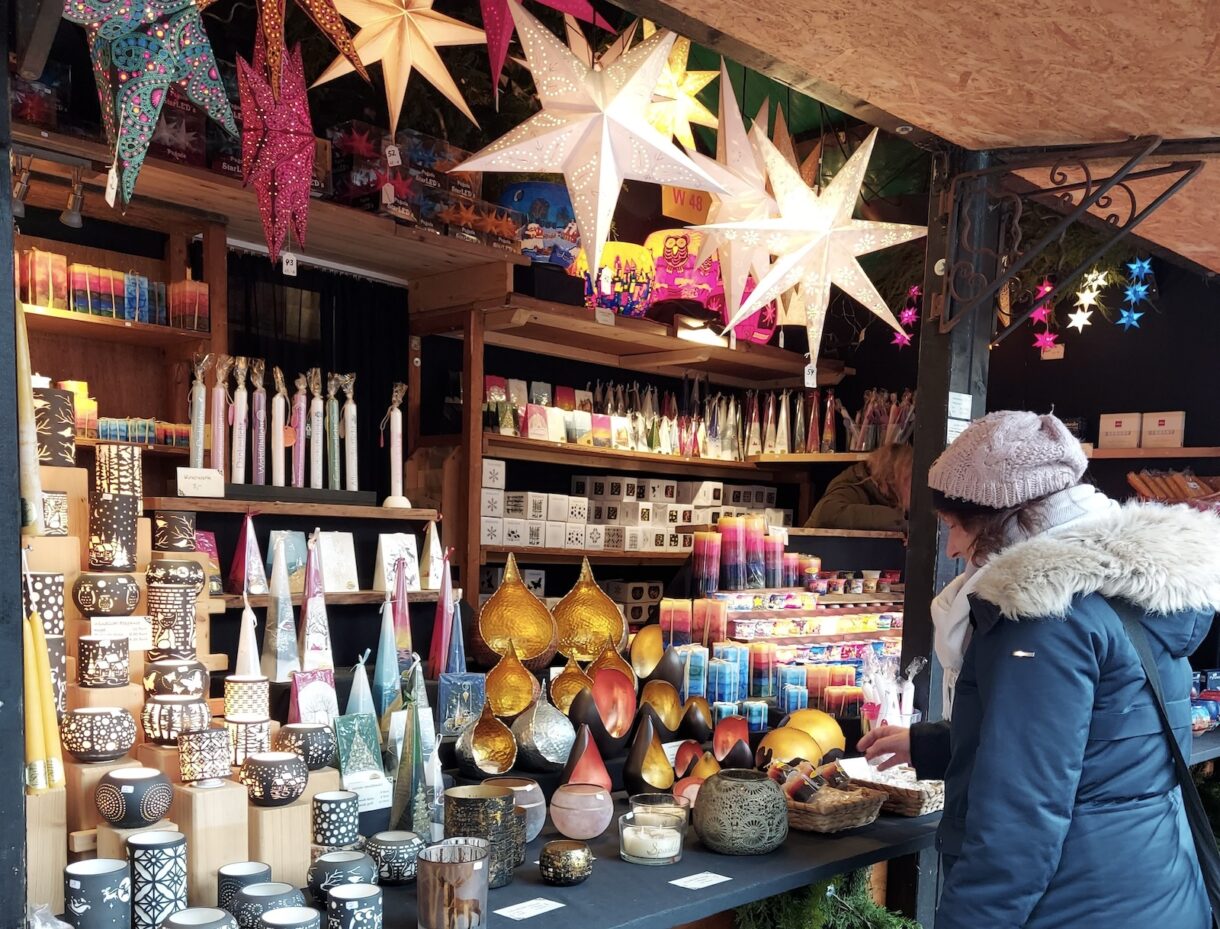
Traditional German Christmas decorations:
At the German Christmas markets stalls, you will find everything that you searched for (or not searched for) – from carved wooden toys to festive candles and ornaments.
Traditional German Christmas decorations include items like “Räuchermännchen” (smoking men) or delicate glass ornaments.

A “Nussknacker” (nutcracker) might come in handy to crack some nuts – a traditional (and healthy!) German Christmas snack.
Another popular souvenir to take home is a wooden Christmas carousel, which you see at many German Christmas markets, in miniature form.

The stalls are also a great place to find unique items that reflect Germany’s history and Christmas traditions.
Consider purchasing a nativity scene from Munich’s famous “Kripperlmarkt”, or an intricately carved candleholder from Dresden’s “Striezelmarkt”.
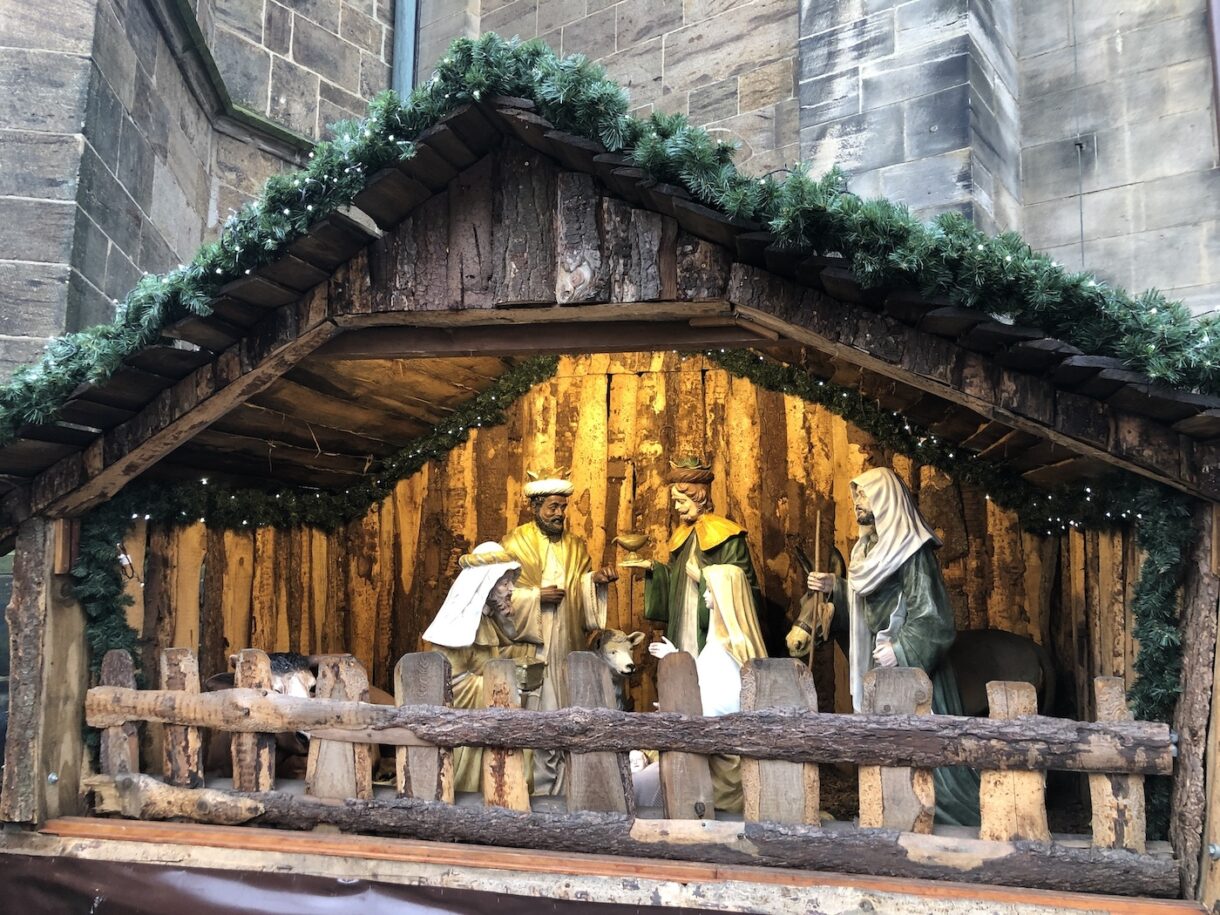
What to eat and drink on German Christmas markets
Traditional German Christmas markets food includes Bratwurst (fried sausage), roasted chestnuts, mushrooms in herb or garlic sauce (my favorite!) and the classic German gingerbread known as “Lebkuchen”.

You may also find a “Schneeball” (snowball), a deep-fried pastry dusted with powdered sugar. And of course the “Stollen” – a sweet bread studded with dried fruit and marzipan.
As you can see, for those with a sweet tooth, the options are endless!
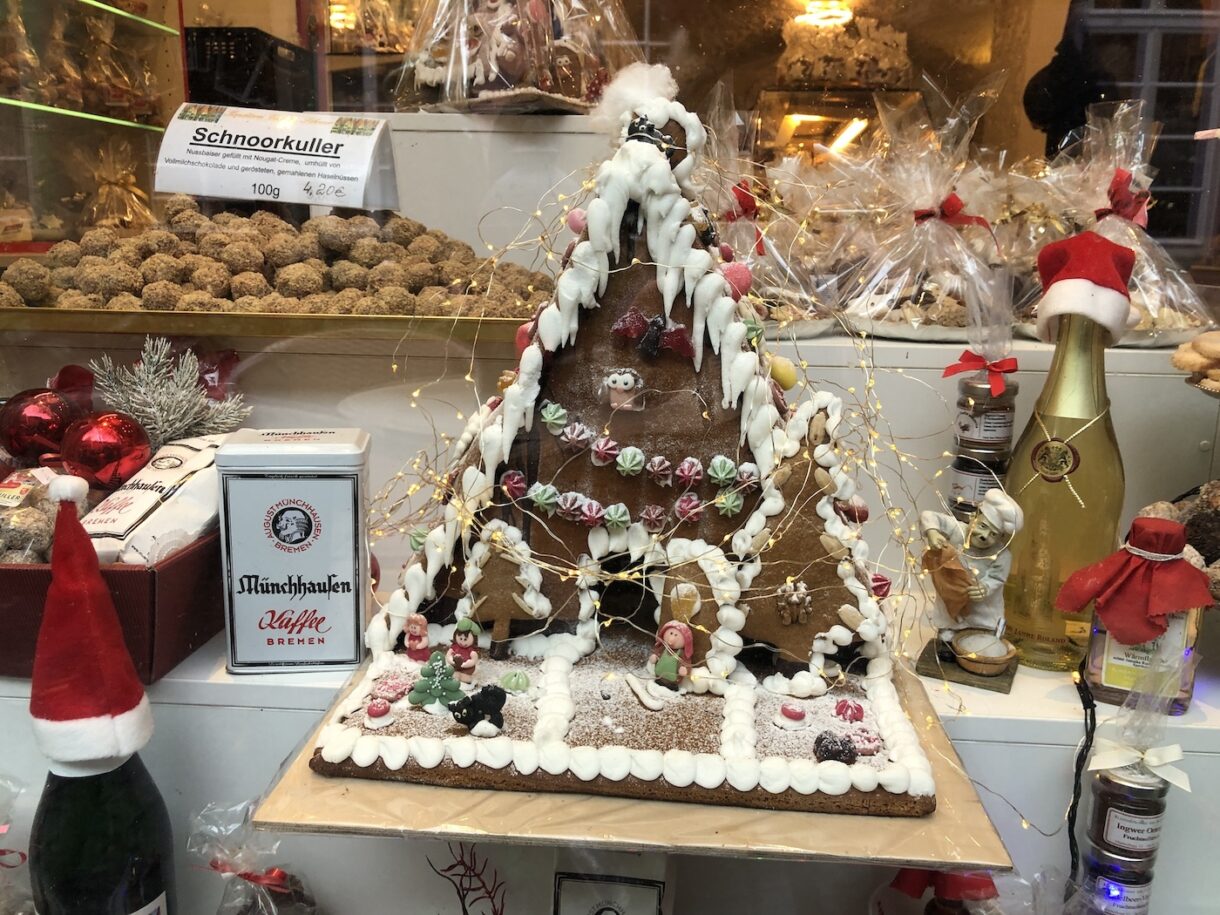
Must-try German Christmas market drinks:
The same goes for the drinks: Germany’s beloved warm wine known as “Glühwein” (mulled wine) is spiced with cinnamon, cloves, and orange peel. You can usually choose between red and white “Glühwein”.
Many German Christmas markets also serve “Feuerzangenbowle”, a potent variation of “Glühwein” with a rum-soaked sugar cube set alight for a bit of holiday theatrics.
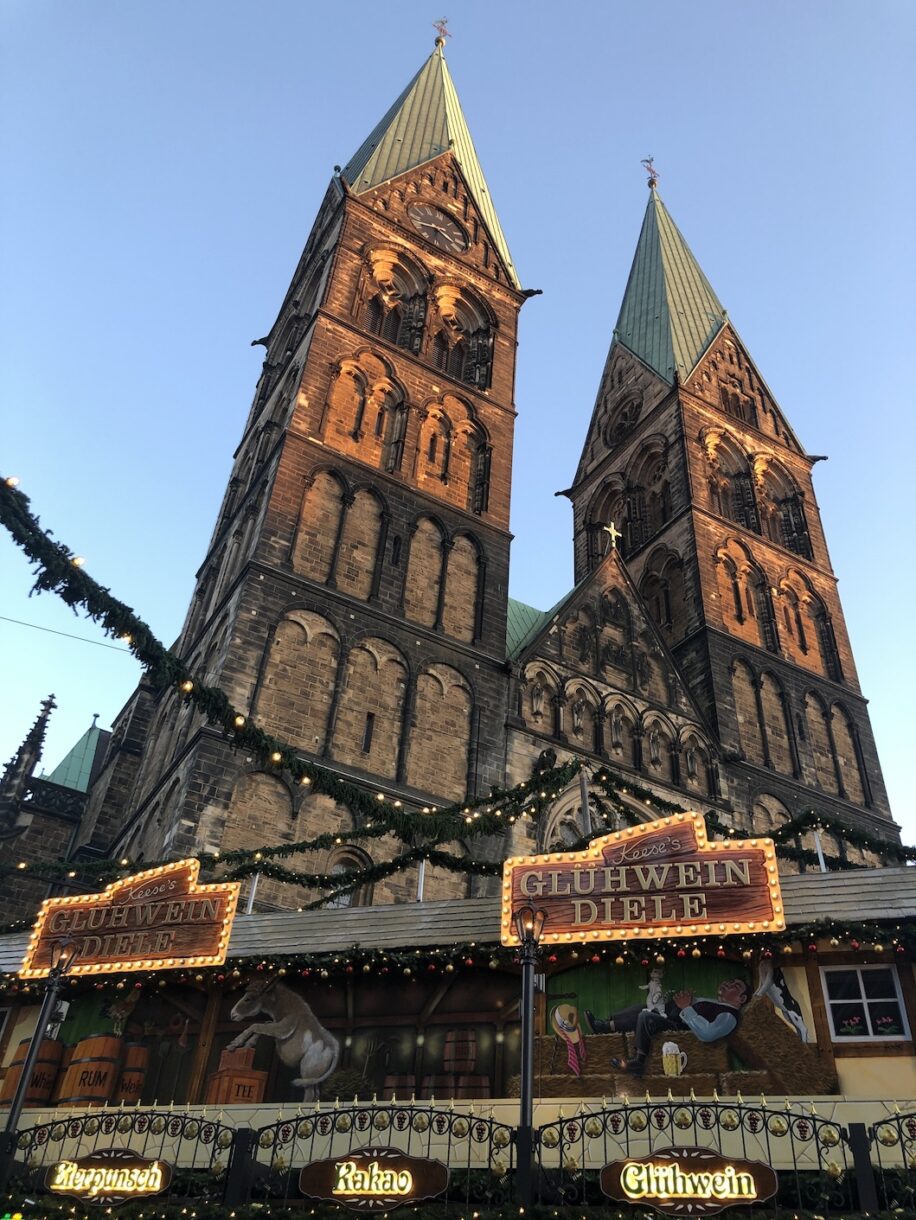
Among the must-try German Christmas market drinks are also hot chocolate (my favorite is white hot chocolate!), which you can also get with a shot of liquor for some extra cheer!
However, there are always plenty of non-alcoholic options available, too. As a non-alcoholic alternative to “Glühwein” (yet equally delicious), you can order a so-called “Kinderpunsch” (a warm punch drink for children).
These foods are not only delicious, but also a nostalgic taste of your German heritage. Just as your ancestors might have enjoyed similar treats during their own holiday celebrations, you can now share in the tradition. By savoring each bite, you are tasting a piece of your German heritage.
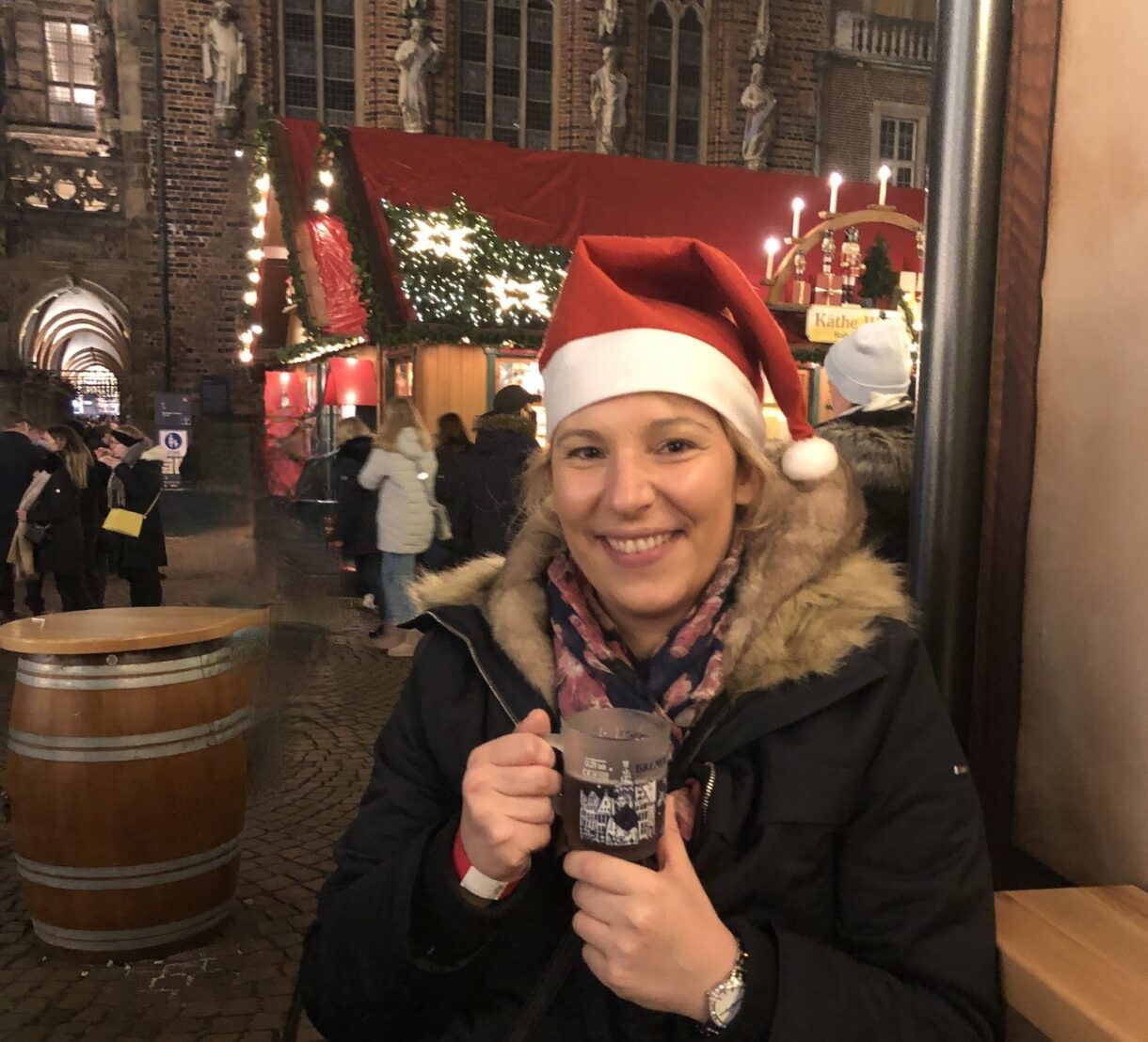
More practical tips for visiting the German Christmas markets
For those new to these festive gatherings, here are some tips for navigating the German Christmas markets and make the most of your experience.
Return your mug for a deposit or keep it as a souvenir:
When you buy drinks like Glühwein, you will receive them in a ceramic mug and pay a small deposit on them.
You can either return the mug for a refund or keep the mug as a souvenir to take home.
At many German Christmas markets, such as the Bremen Christmas market, the mug will show famous sights of the particular city. So it’s a nice souvenir of the city you visited.
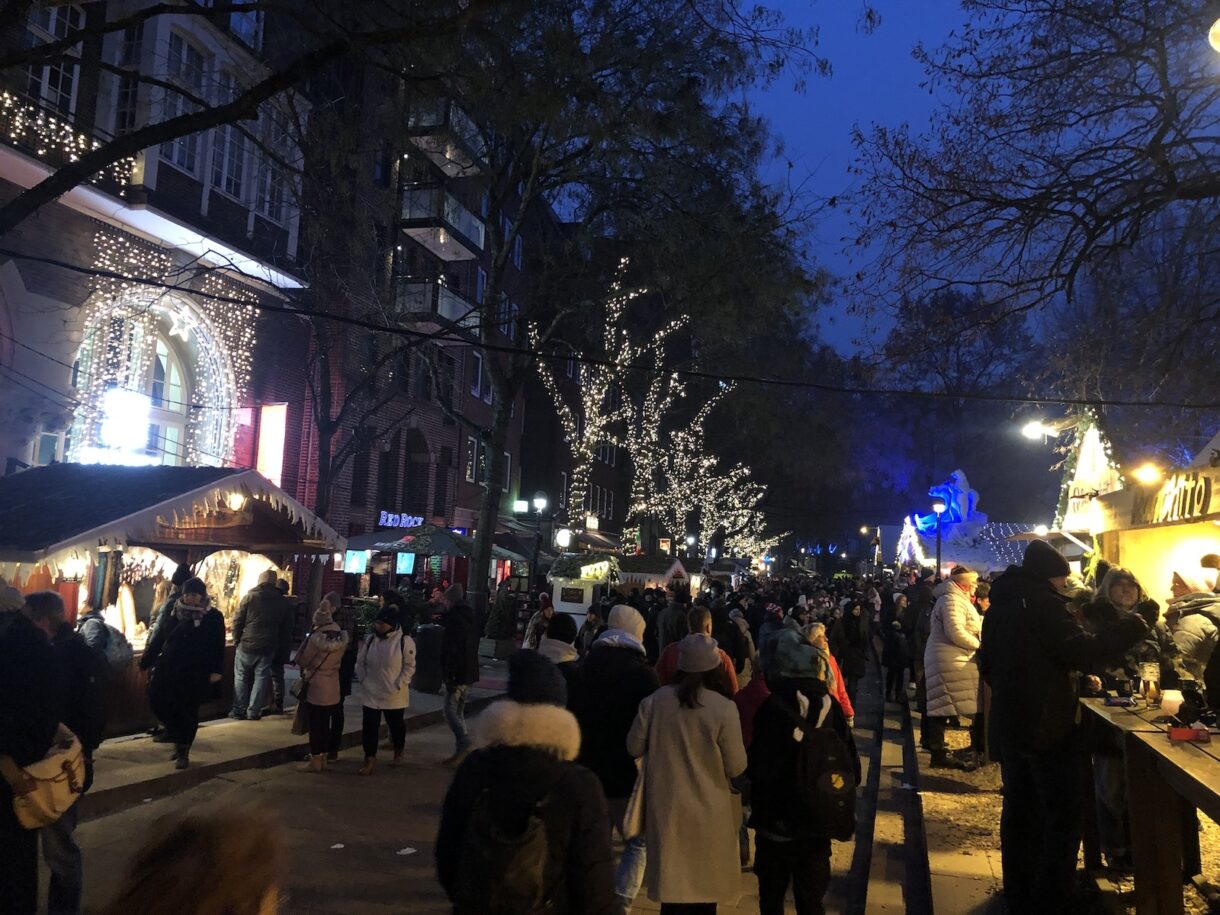
Avoid Saturdays if you can:
The German Christmas markets in large cities can get very crowded, in particular on the weekends. At the Bremen Christmas market, Saturday is the most crowded day.
It gets so busy, that I as the tour guide have to hold up an umbrella so that my group doesn’t lose sight of me. Additionally, my guests usually wear the red and white Christmas caps so I don’t lose them in the crowds.
During the rest of the year, I normally don’t have to do this. So try to go on a weekday (Monday-Friday) if possible.
For the smaller German Christmas markets, such as those in your ancestral hometowns, this is less of a problem.

Wrap up warm:
Dress warmly – Germany’s winters can be chilly, and you’ll want to stay cozy while browsing the outdoor stalls.
Also, if you are lucky, there might be a bit of real snow – adding to the winter wonderland experience!

Bring some cash:
Although many places in Germany accept card payments and this might also be the case for stalls at a German Christmas market, don’t forget to bring some cash (Euros) just in case.
In my opinion and experience, many stalls at German Christmas markets are still “cash only”. And it would be a pity if you can’t buy that nutcracker just because you don’t have any Euros on hand.
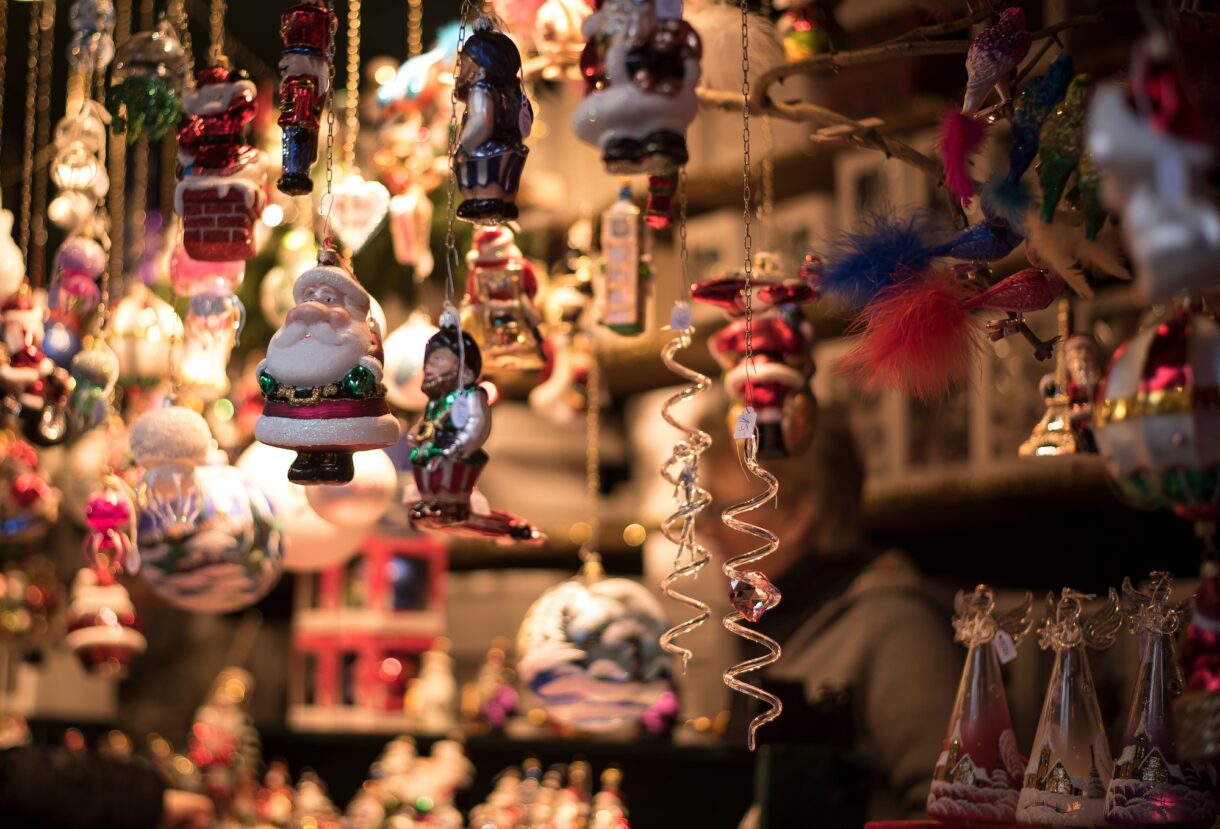
What are the best German Christmas markets to visit?
Among the many different Christmas markets all over Germany, you are spoiled for choice! So here is an overview of the most popular and famous German Christmas markets:
Often cited as Germany’s oldest Christmas market, this market dazzles with a Ferris wheel and the stunning architecture of Dresden’s old town.
Berlin hosts around 80 German Christmas markets (!), with Gendarmenmarkt known for its classic charm and Alexanderplatz for a lively atmosphere with rides.
One of Germany’s largest Christmas markets, the Stuttgart Christmas market spans several city squares and boasts beautiful decorations and artisanal goods.

Cologne Cathedral Christmas market:
With the stunning Cologne Cathedral as a backdrop, the Colgone Christmas market (German: Köln) is loved for its ambiance and variety of handcrafted gifts.
Located by the historic Aachen Cathedral, this market is famous for its “Printen” (a type of gingerbread) and the city’s medieval charm.
Nuremberg Christmas market (Christkindlesmarkt):
Known for its historic appeal, the Nuremberg Christmas market (Nürnberg in German) in Bavaria is famous for its local gingerbread (Lebkuchen), sausages from the grill, and its unique “Sister Cities” market, which showcases goods from around the world.
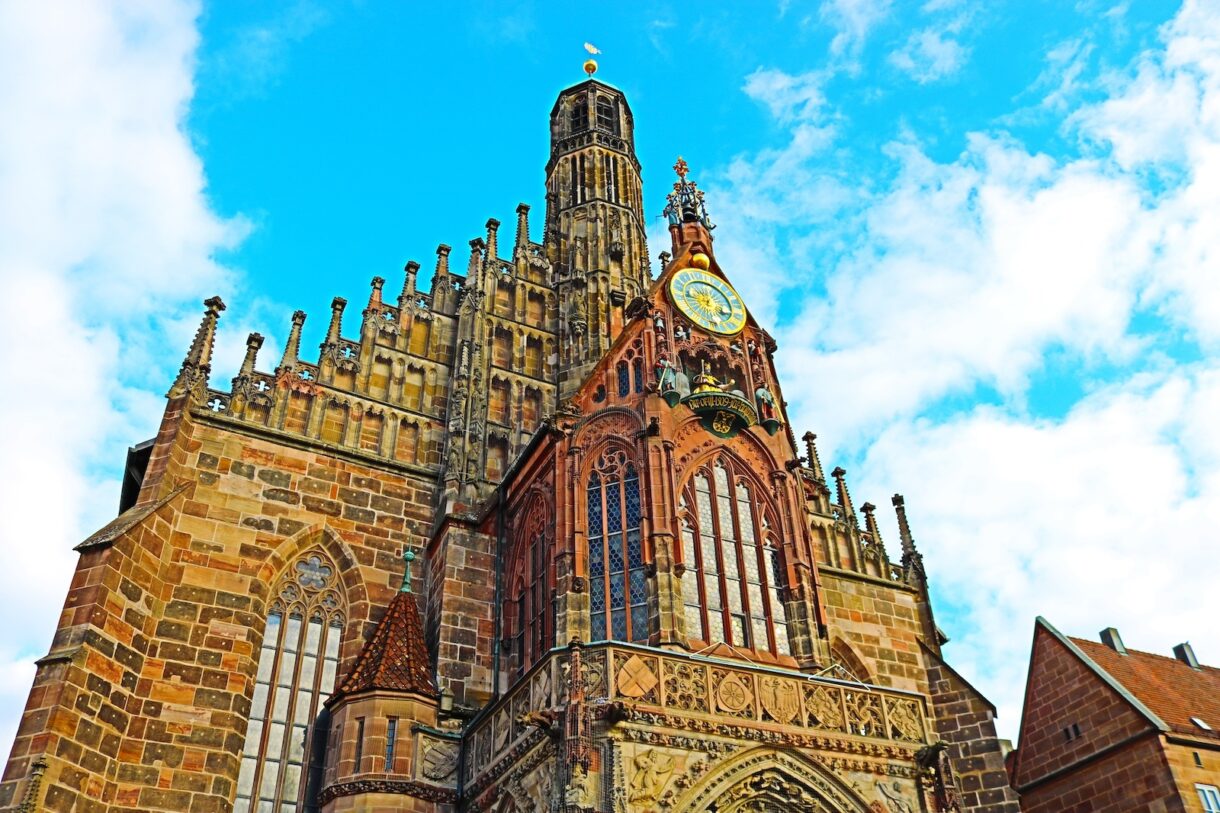
Nestled beneath Heidelberg Castle, this market enchants visitors with its picturesque setting, handcrafted gifts, and ice rink in the romantic Old Town.
Marienplatz hosts this market with Bavarian specialties and a nostalgic “Kripperlmarkt” for nativity scenes (“Krippe” in German).

Known for its beautiful old town, this market is popular for its cozy atmosphere and scenic river views.
Ravenna Gorge Christmas market:
Unique for its dramatic Black Forest location, this market under a railway viaduct offers a magical, remote holiday experience.

The Bremen Christmas market(s) – a lesser-known gem!
The Bremen Christmas market in northern Germany is the one I am most familiar with since I live and work here as a tour guide for ancestry-inspired tours.
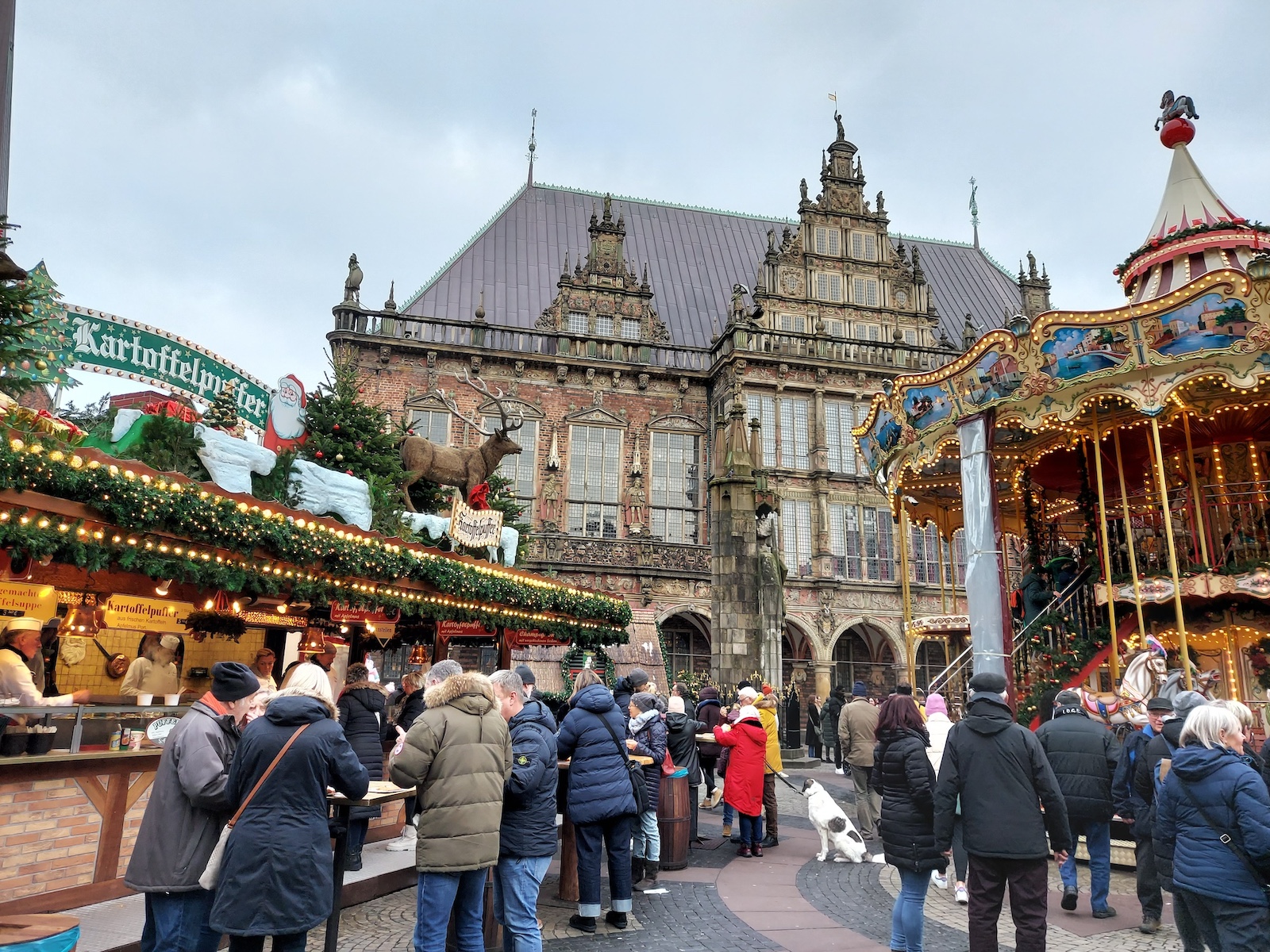
The main Bremen Christmas market location is around the medieval market square. The Bremen Christmas market usually lasts for around 4 weeks each year.
This year, the dates are November 24 to December 23, 2025.
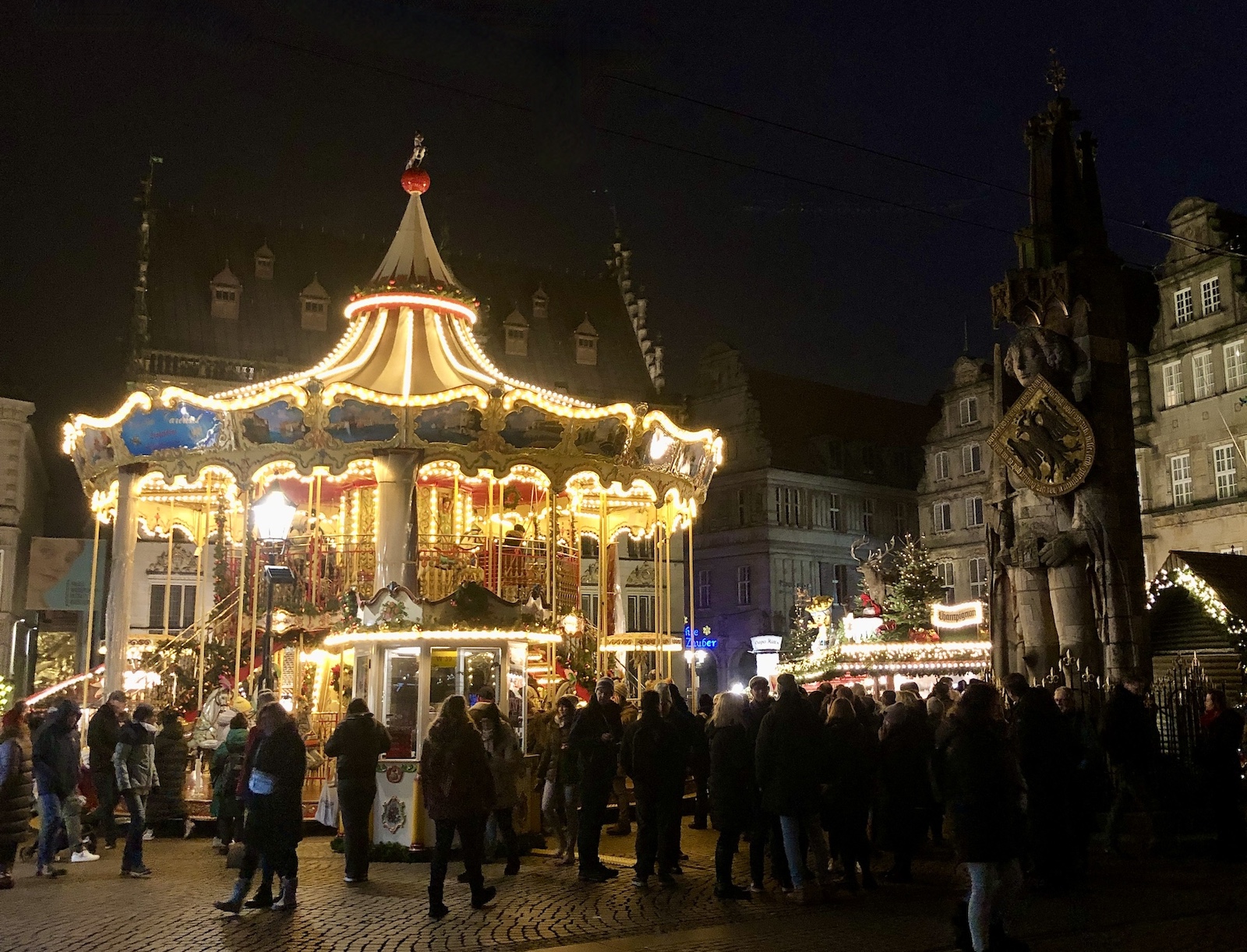
Since 2004, we also have a second Bremen Christmas market.
This Bremen Christmas market location is in the so-called “Schlachte” area on the river Weser and old harbor of the city (from which many emigrants to America would leave from, especially in the early days).
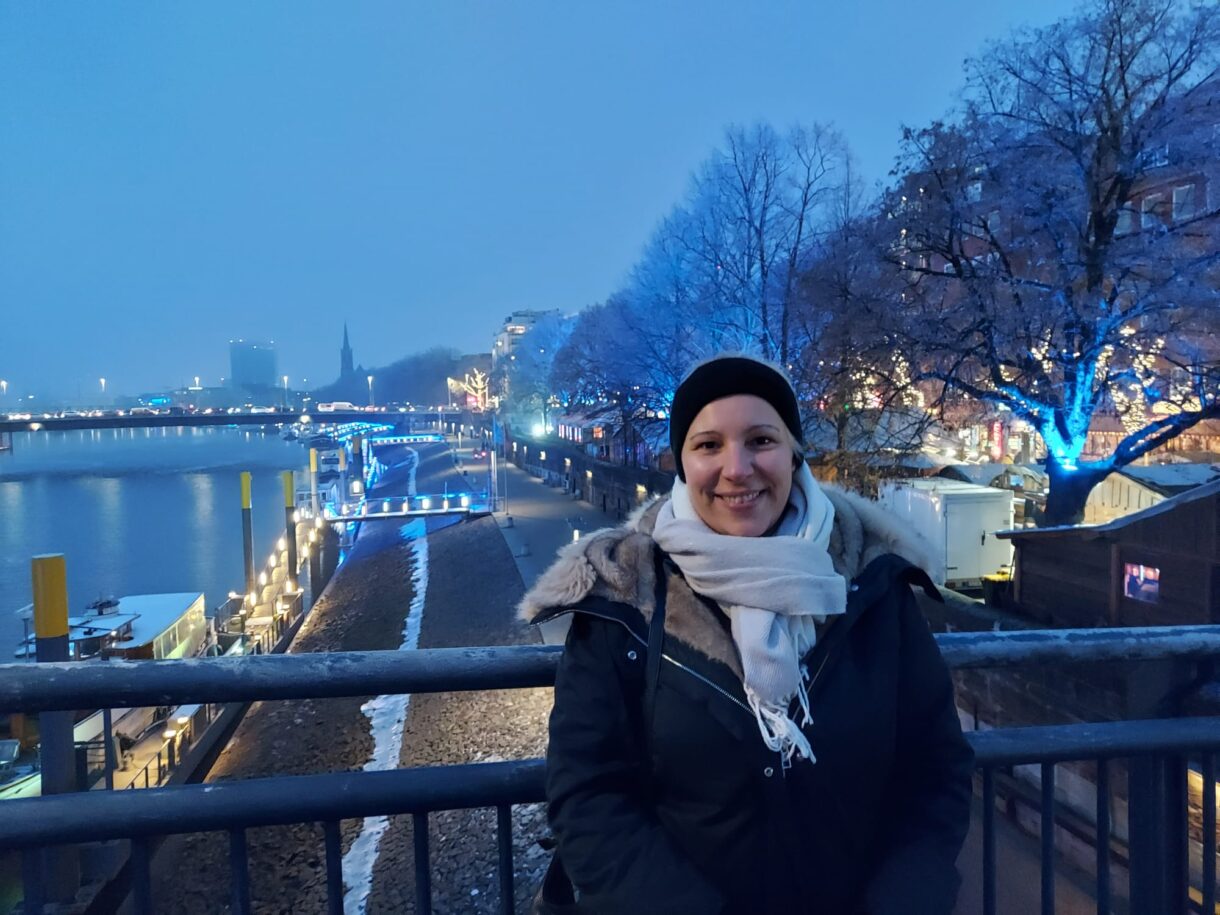
This Bremen Christmas market is also known as the “Schlachtezauber” (magical Schlachte) and has a Middle Age theme.
To make it extra magical, the trees that align the market on both sides, are wonderfully illuminated with light chains.
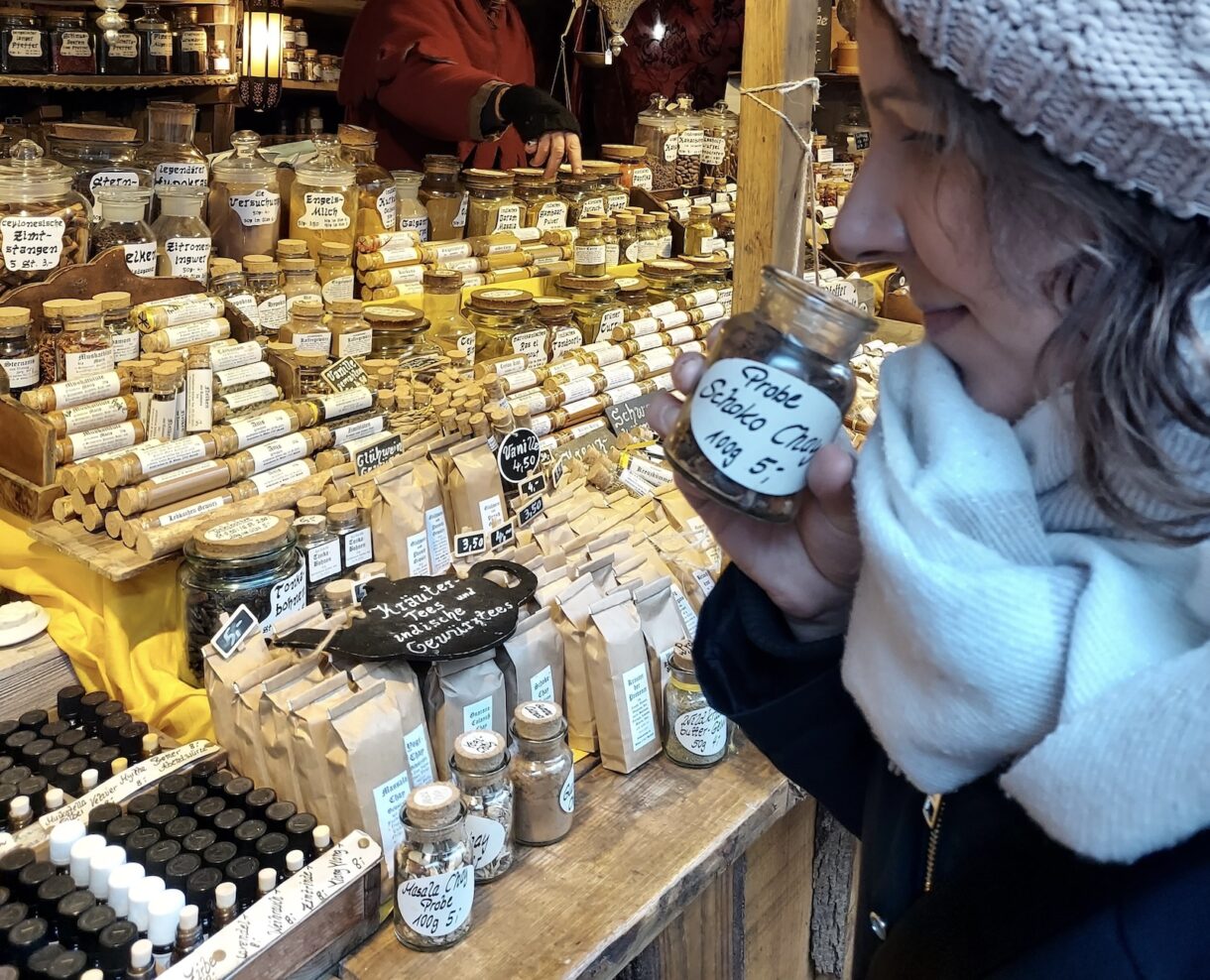
Many stalls are in a medieval style, sellers are dressed in medieval clothing and medieval-inspired goods, such as magic potions, can be bought here.
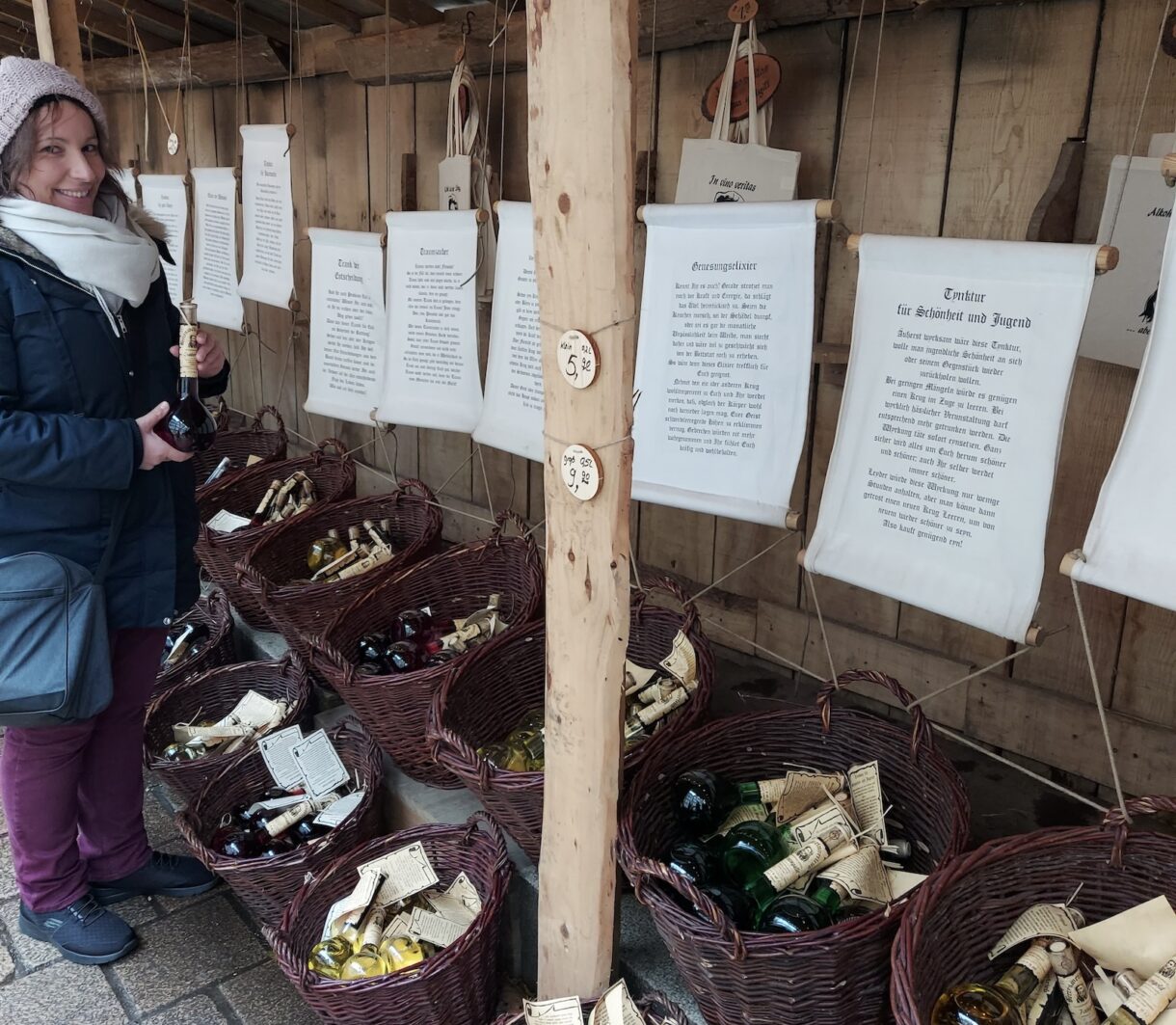
Rothenburg ob der Tauber’s Reiterlesmarkt:
Set in a medieval town, the Rothenburg Christmas market feels like a fairy tale with snow-covered roofs and charming, historic streets.

Bear in mind though that Rothenburg ob der Tauber is very touristy. Thus, it might feel less authentic if you are looking forward to your traditional German Christmas market experience.
However, I might have a great alternative for you. So read on for an ancestry-inspired pro tip:
Pro tip for ancestry-inspired travelers
As you have seen so far, Germany is brimming with Christmas markets, each offering a unique holiday experience! You can choose from bustling city markets, cozy village ones, quirky, themed markets, or even medieval-style events.
But here’s a special tip: why not visit the Christmas market in your ancestral hometown? Not only will you get a charming, more intimate feel, but these smaller markets are often less crowded and authentically local.
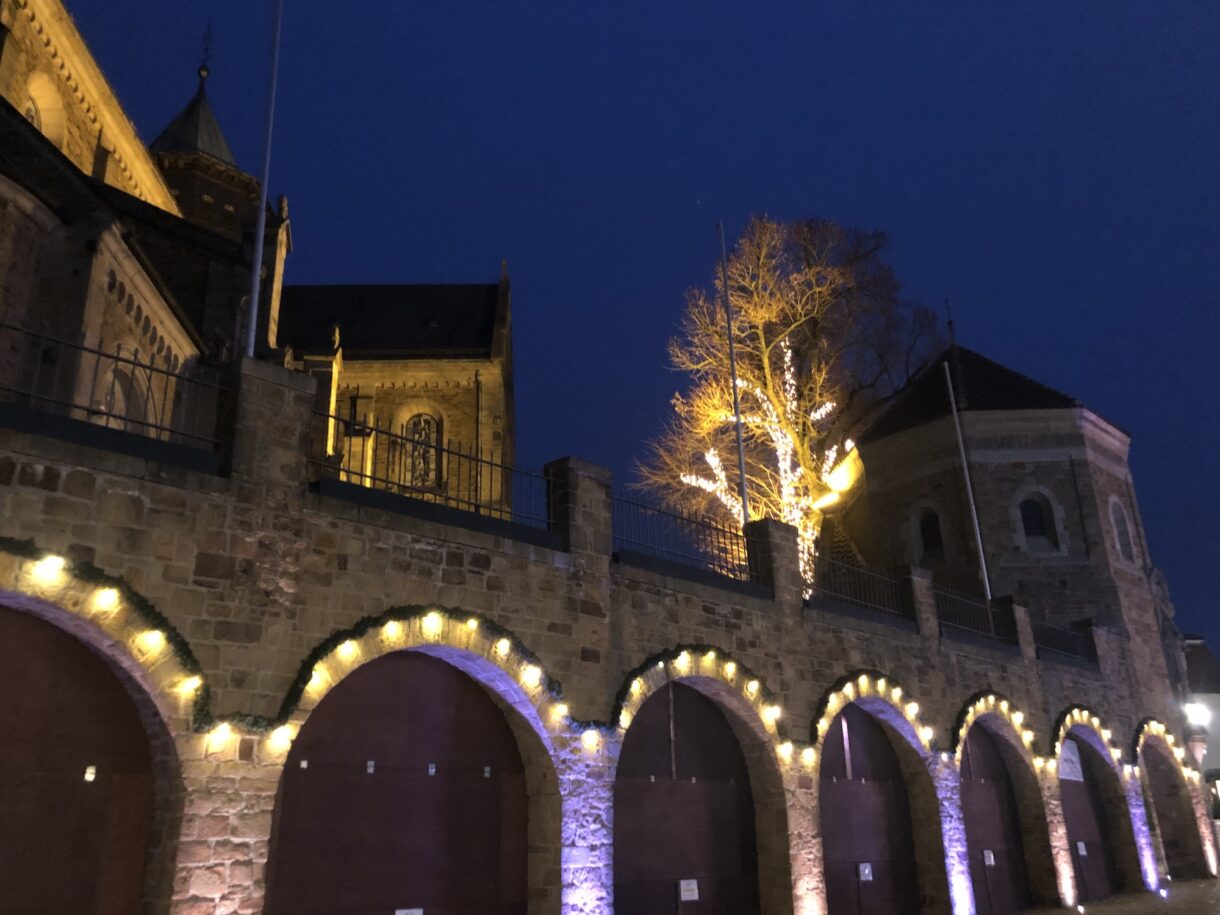
One of my previous American ancestral guests said she enjoyed visiting the Christmas market in her small German hometown a lot more than those she had visited in the big cities, which she often found “too packed” with people.
In her ancestral German hometown, she enjoyed the fewer crowds, found some unique gifts and also felt the magic of literally “walking in her ancestors’ footsteps”.
As previously mentioned, just be aware that the German Christmas markets in smaller ancestral hometowns are held for shorter periods, often just one weekend only.
So always double check the Christmas market date for your ancestral hometown with a quick Google search. Type in “Weihnachtsmarkt [your ancestral hometown]”.

Sometimes, the German Christmas markets in smaller towns also feature an incredible backdrop. A good example for this is the Christmas magic market at Bückeburg Castle.
Bückeburg is a town in the Schaumburg district of Lower Saxony with around 19,000 inhabitants. The castle is still inhabited by Alexander Prince of Schaumburg-Lippe and his family.
This year, he and his wife Mahkameh invite the public to the Christmas magic market at Schloss Bückeburg (Bückeburg Castle) for the 21st time happening from November 27 to December 7, 2025.

Home for the Holidays: Combine the German Christmas markets with a journey to your German hometown!
Imagine strolling through your ancestral hometown’s Christmas market. Imagine walking the same streets as your German ancestors, visiting the places that shaped their lives, and connecting with your heritage like never before.
With my “Ancestral Germany Hometown Package” this can easily be done! Just share your plans and wishes in two Zoom Calls, and I will handle the rest – from accommodations to unique ancestry-inspired activities and crafting an itinerary that brings your family’s history to life.
So, are you ready for takeoff? ✈️ 🇩🇪
Then book your trip planning consult today and walk in your ancestor’s festive winter wonderland tomorrow! ✨
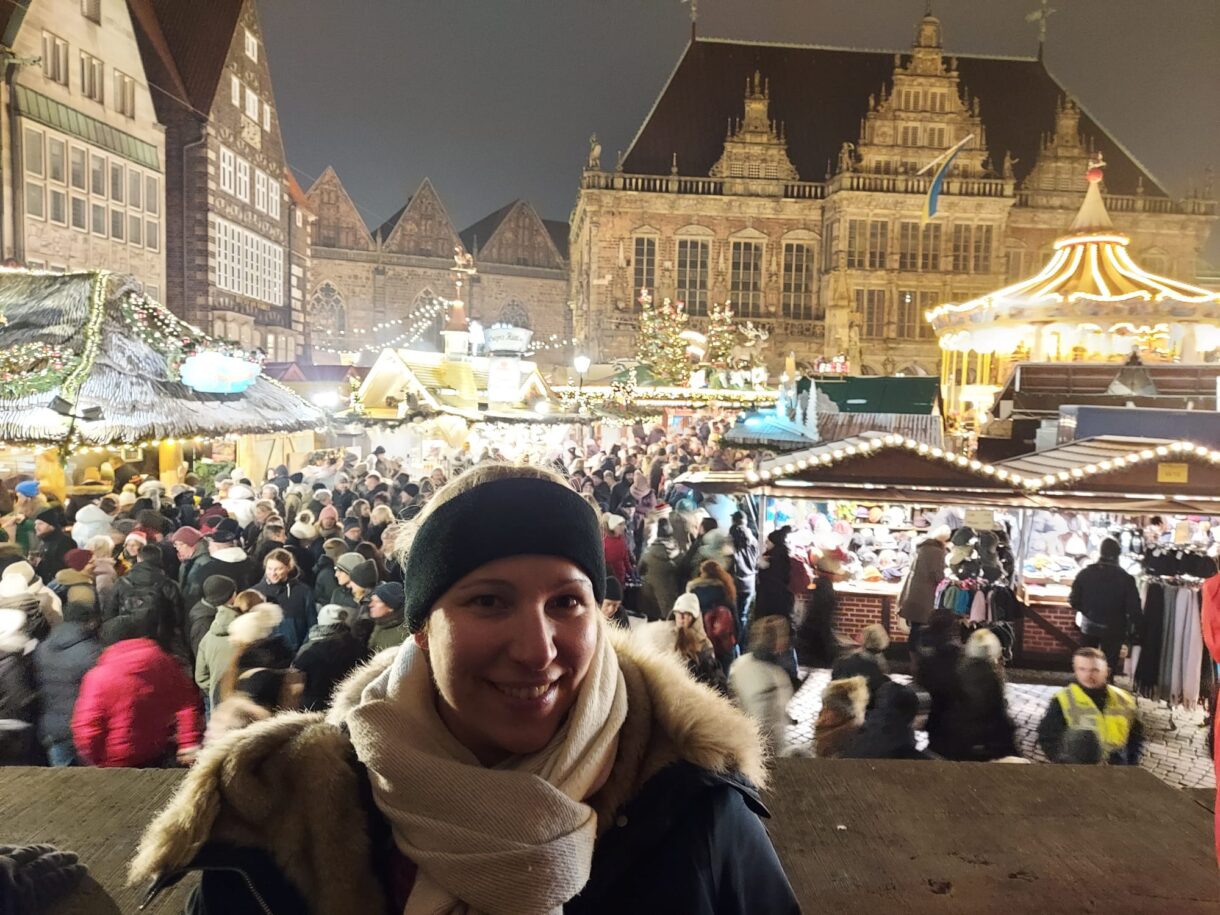
Unless otherwise credited, all photos by © Sonja Irani | MyAncestorsJourney.com
